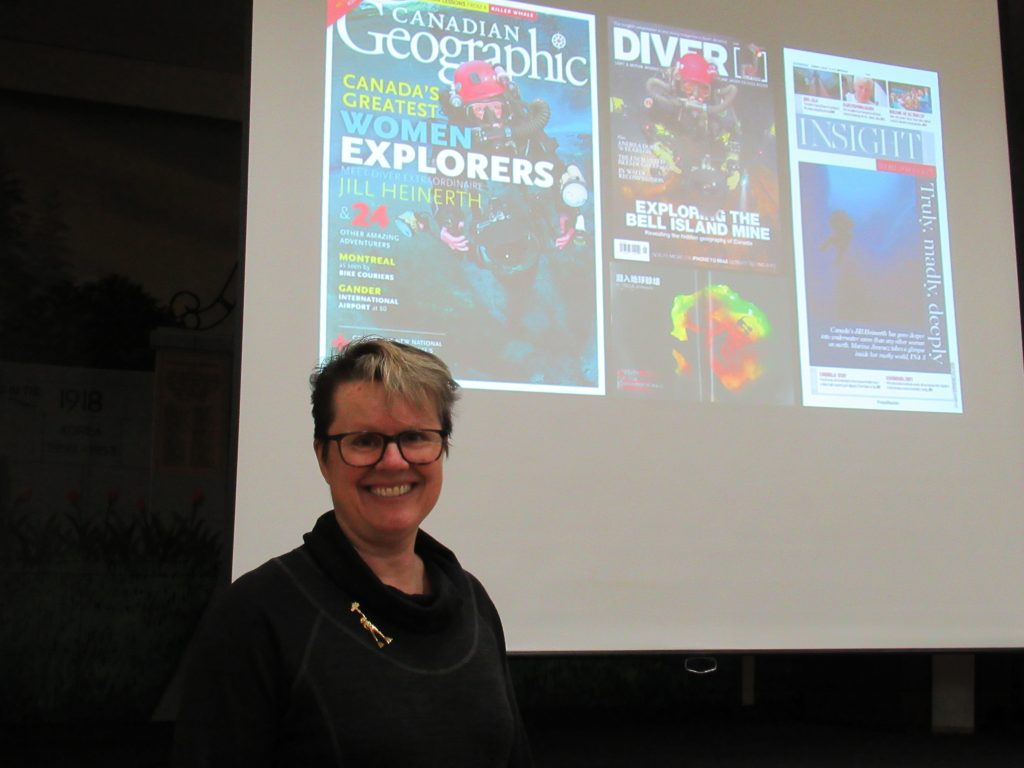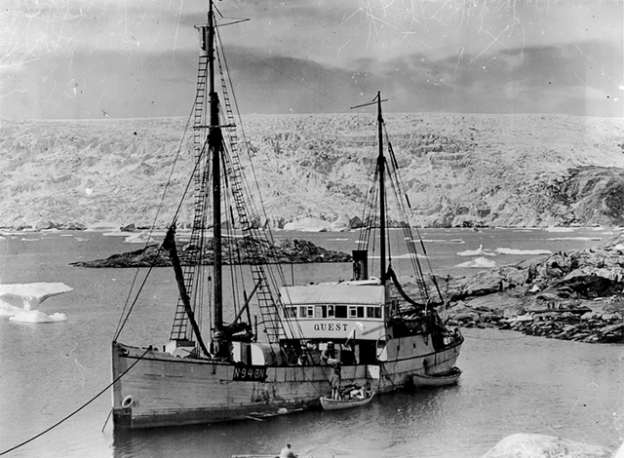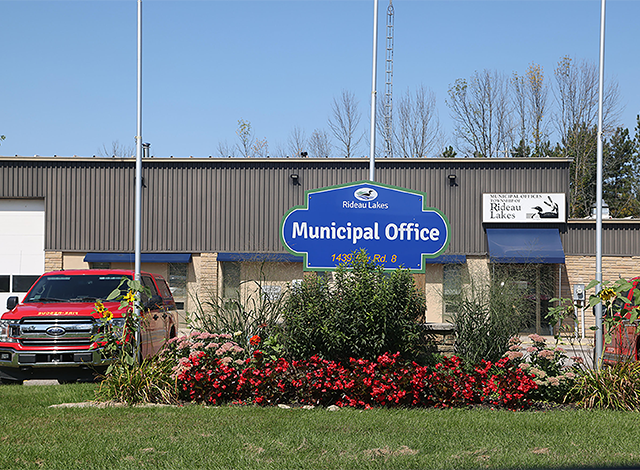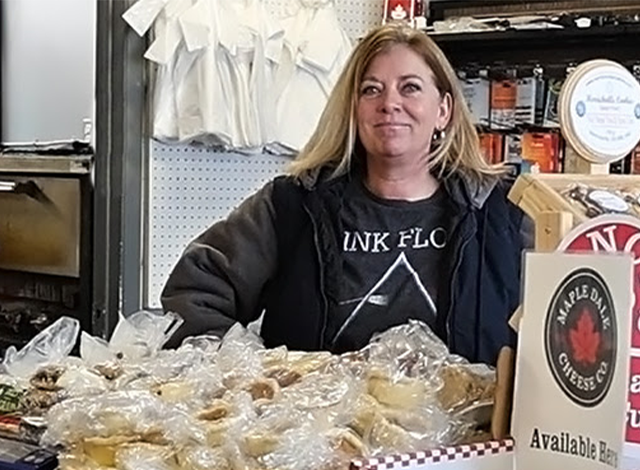BRIAN PRESTON
Jill Heinerth, International Scuba Diving Hall of Famer, cave diver, author, scientist, broadcaster, and the Royal Canadian Geographical Society’s first Explorer-in-Residence. I first wrote in this paper about Jill in 2019 when she and her partner moved back to Canada settling near Carleton Place. Since then, she has been on numerous other adventures in such places as the Arctic. She was in Ottawa last summer when James Cameron was there with the submersible ‘Deepsea Challenger’ in which he descended to the world’s deepest ocean bottom.

This year, Jill has recently returned from being a member of the search team looking for Sir Ernest Shackleton’s ship ‘Quest’ which sank off the Labrador coast. His 1921-22 Antarctic expedition on ‘Quest,’ his third voyage to Antarctica, was his last as he died in 1922 of a heart attack on South Georgia Island. The Quest continued back to Britain and under different ownership was used for such purposes as a sealing vessel. On 5 May 1962, while on a seal-hunting expedition, ‘Quest’ was holed by crushing ice and sank. All the crew survived. She was located on 9 June 2024 at the bottom of the Labrador Sea, less than half a kilometre off Labrador’s north coast by a wreck hunting team led by the Royal Canadian Geographical Society on the search vessel ‘LeeWay Odyssey,’ an oceanographic research vessel out of Nova Scotia. She was found in 390m of water, sitting almost upright, and appearing to be broadly intact save for a broken main mast. The team included shipwreck hunter David Mearns and lead researcher geographer Antoine Normandin. The explorer’s granddaughter Hon. Alexandra Shackleton was co-patron of the expedition along with Chief Mi’sel Joe of Miawpukek First Nation, Jill Heinerth, and several others. Jill told about problems with equipment which meant that they had to return to port for repairs and then get back ‘on station’ as quickly as possible because they only had a few days left to search and find her. Their detailed research about last known location and reports by others paid off as they found her on the 6th track of 17 planned tracks. Using side-scan sonar and watching imagery of the bottom as the search ship, guided by GPS, sailed in grid tracks back and forth over the target area of ocean, a procedure sometimes referred to as ‘mowing the lawn’. This was an incredible feat given that only a few days remained from when they actually were able to actively search for the ‘Quest.’

Jill said, “The original sinking was reported by a number of ships, but using older navigational techniques. Our team member Antoine Normandin did some heavy research and modeling by looking at the techniques, weather, and ocean currents to determine over 10,000 possible scenarios, then aggregated his data to create a search grid. The ship was found roughly 2.5 km from her last reported position.”
I sent to Scotland to purchase a recent but rare book of the Quest’s final Antarctic expedition which was advertised as follows: “The Quest Chronicle. The story of the Shackleton-Rowett Expedition” by Jan Chojecki. It was one of only 500 copies individually numbered and signed by Chojecki. When I watched the TV news coverage of the ship’s discovery and saw a copy of this book on the bridge by the wheel, Jill told me that Jan was on board and so was Shackleton’s grand-daughter as co-patron of the expedition as mentioned above. What a coincidence.
The next step will be for a return to the wreck site to conduct a full underwater survey, so I am sure that in future more stories about “Quest’ will be made available to us. In the meantime, Jill is off on another adventure or speaking engagement. Unfortunately, because of Hurricane Beryl, she was unable to make a speaking engagement in Curacao in South Eastern Caribbean as all flights and airlines were in turmoil. You need a GPS tracker to know where she is at any given moment – flying the skies, diving the seas and caves, or giving public presentations!



















